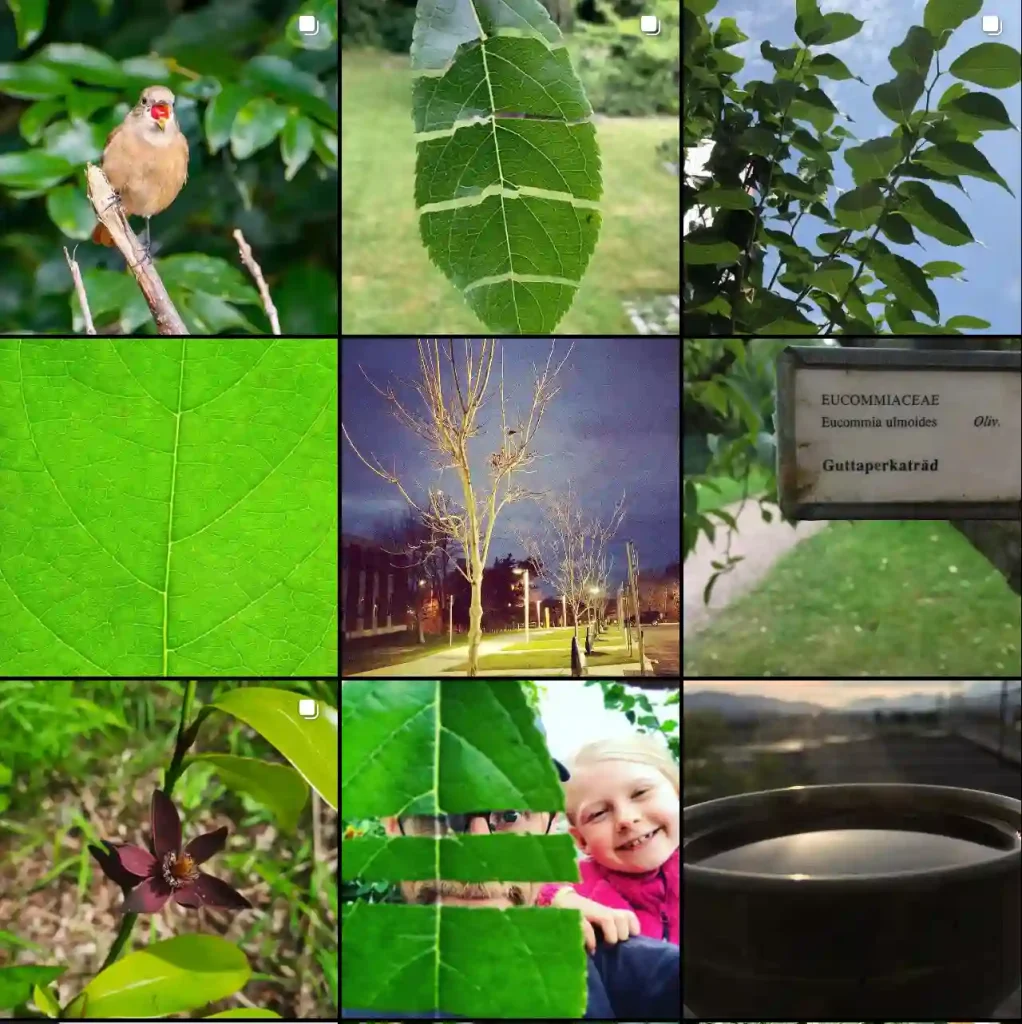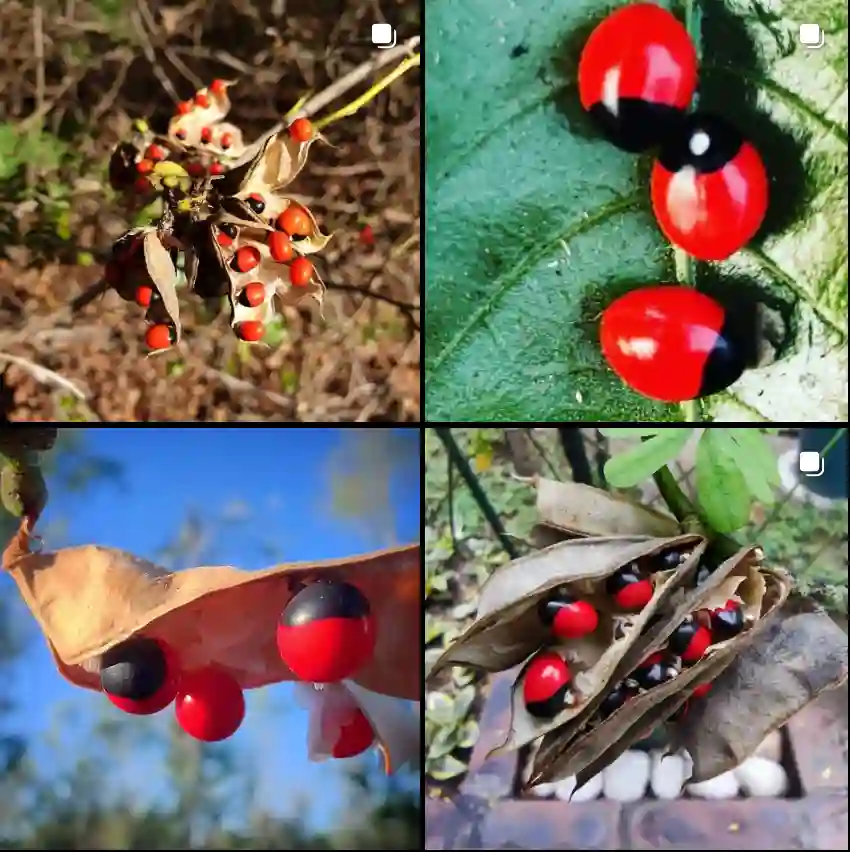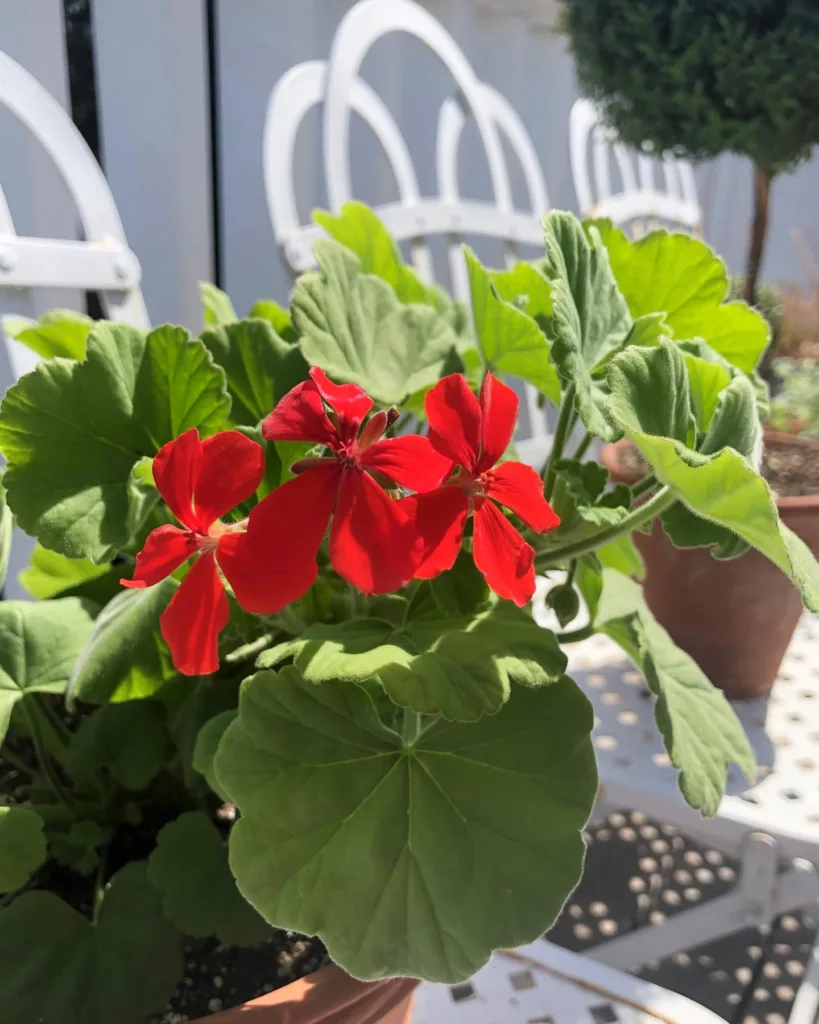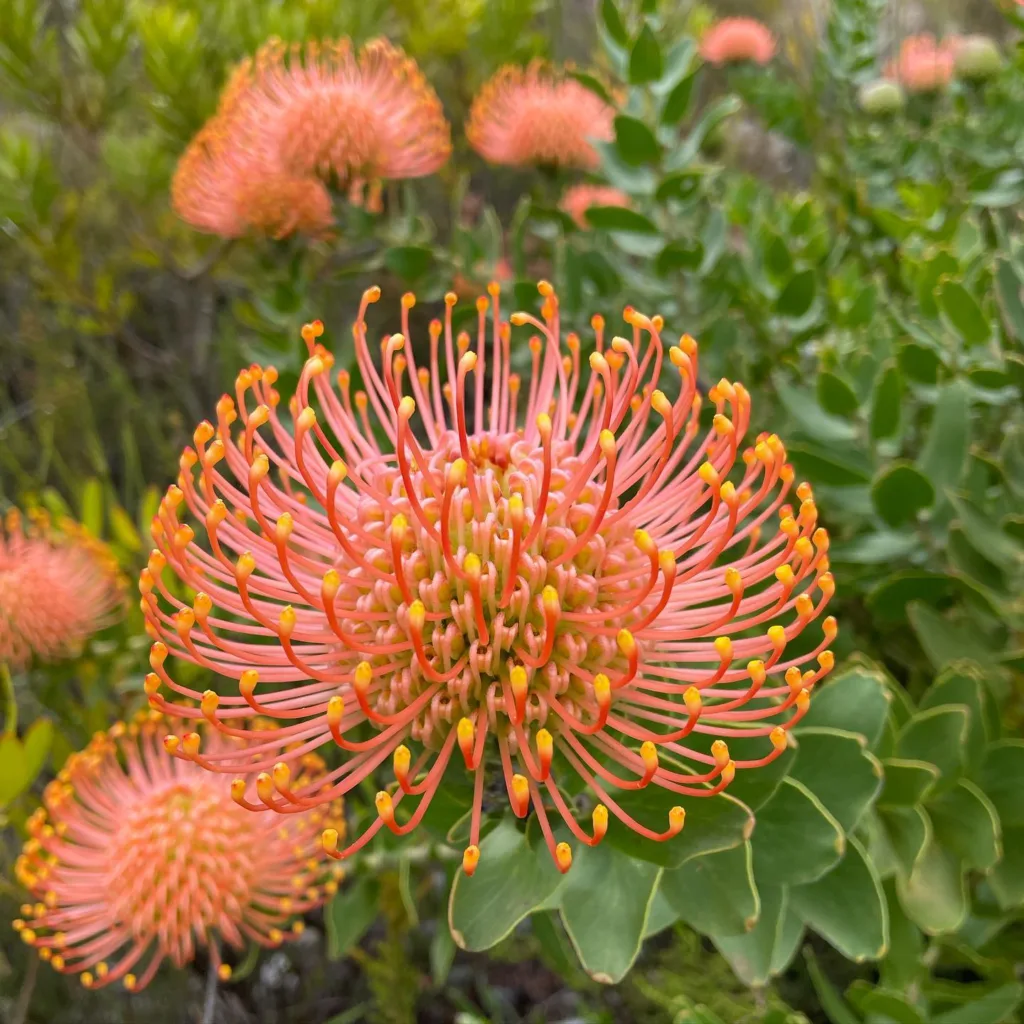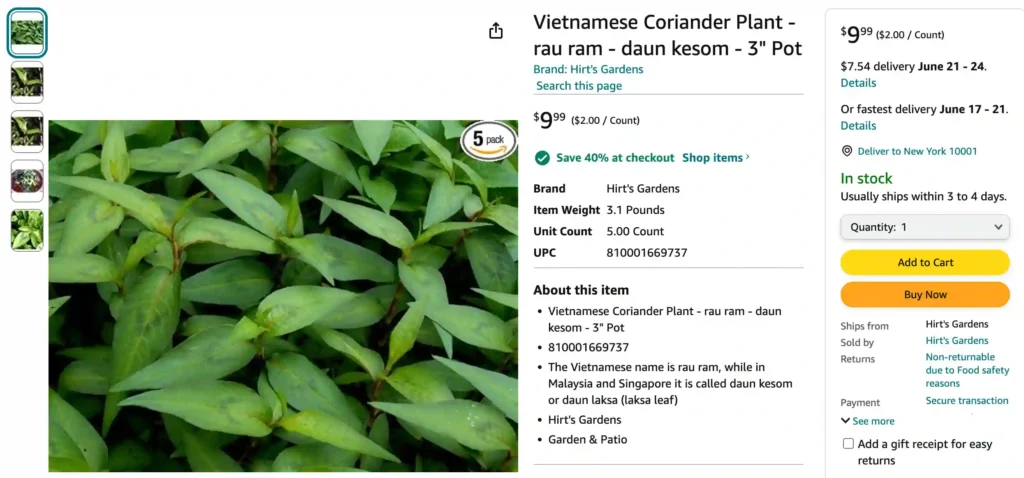
All About Polygonum Odoratum: The Versatile Vietnamese Coriander
Hi everyone, Ferb Vu here. I’m a food enthusiast with a passion for exploring unique ingredients. Today, I want to delve into the world of Polygonum Odoratum synonym of Persicaria odorata, also known as Vietnamese coriander, rau răm, or laksa leaf. This fragrant herb is a staple in Southeast Asian cuisine, and for good reason! Let’s explore everything you need to know about this fascinating plant.
144 Species in Genus Persicaria
What is Polygonum Odoratum?
Polygonum Odoratum is a herbaceous perennial plant belonging to the knotweed family (Polygonaceae). It thrives in warm, humid climates and is native to Southeast Asia and parts of China and Japan. This leafy wonder boasts attractive, lance-shaped leaves with a deep green hue and reddish undersides. The delicate white flowers with green tips add a touch of elegance, blooming during the spring season.
How Does Polygonum Odoratum Taste?
The magic lies in the flavor profile. Polygonum Odoratum offers a unique combination of tastes. It possesses a citrusy aroma reminiscent of coriander, but with a subtle earthiness and a hint of peppery warmth. This complexity makes it a versatile ingredient, adding a depth of flavor to various dishes.
Is Polygonum Odoratum Similar to Coriander?
While both Polygonum Odoratum and coriander (Coriandrum Sativum) share the common name “coriander” in some regions, they belong to different plant families and have distinct characteristics. Coriander leaves have a more pungent, soapy aroma that some people find unpleasant. Polygonum Odoratum, on the other hand, offers a milder, more citrusy fragrance with a touch of spice.
How is Polygonum Odoratum Used in Cooking?
Polygonum Odoratum is a culinary gem in Southeast Asian cuisine. Its fresh leaves and stems are typically used in their raw form to garnish dishes or add a burst of flavor during the final stages of cooking. Here are some popular uses:
- Soups and Curries: A sprinkle of chopped Polygonum Odoratum elevates the flavors of Vietnamese pho, bun bo hue (spicy beef noodle soup), and Thai curries.
- Salads: The vibrant leaves add a refreshing touch and unique aroma to Vietnamese salads like gỏi cuốn (spring rolls) and gỏi gà (chicken salad).
- Seafood Dishes: The citrusy notes of Polygonum Odoratum complement the delicate flavors of fish and shellfish, making it a popular addition to Vietnamese steamed fish and stir-fried seafood dishes.
- Vegetable Stir-fries: A quick addition of chopped leaves near the end of cooking adds a delightful aroma and a touch of complexity to vegetable stir-fries.
How to Grow Polygonum Odoratum?
If you’re looking to cultivate this herb yourself, Polygonum Odoratum is relatively easy to grow. Here are some key points to remember:
- Climate: It thrives in warm, humid environments with plenty of sunshine.
- Soil: Opt for well-draining, moist soil rich in organic matter.
- Propagation: You can propagate Polygonum Odoratum through seeds or stem cuttings.
- Maintenance: Once established, the plant requires minimal maintenance. Regular watering and occasional feeding with a balanced fertilizer will keep it happy.
Where to Find Polygonum Odoratum?
Fresh Polygonum Odoratum might not be readily available in all grocery stores. However, you can often find it at Asian grocery stores or specialty herb shops. It’s also possible to grow your own or look for it at farmers’ markets in regions with a thriving Southeast Asian community.
Final Thoughts
Polygonum Odoratum is more than just a Vietnamese coriander substitute. It’s a flavorful and versatile herb that can elevate your culinary creations. With its unique taste profile, ease of cultivation, and beautiful foliage, Polygonum Odoratum deserves a spot in your garden and kitchen. So, the next time you’re looking for a way to add a touch of Southeast Asian magic to your dishes, give Polygonum Odoratum a try!
If i die, water my plants!
